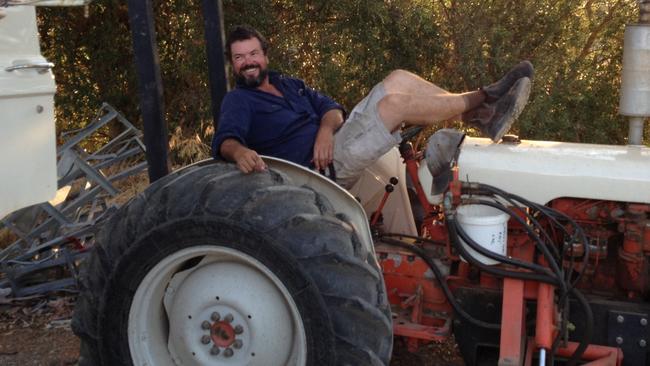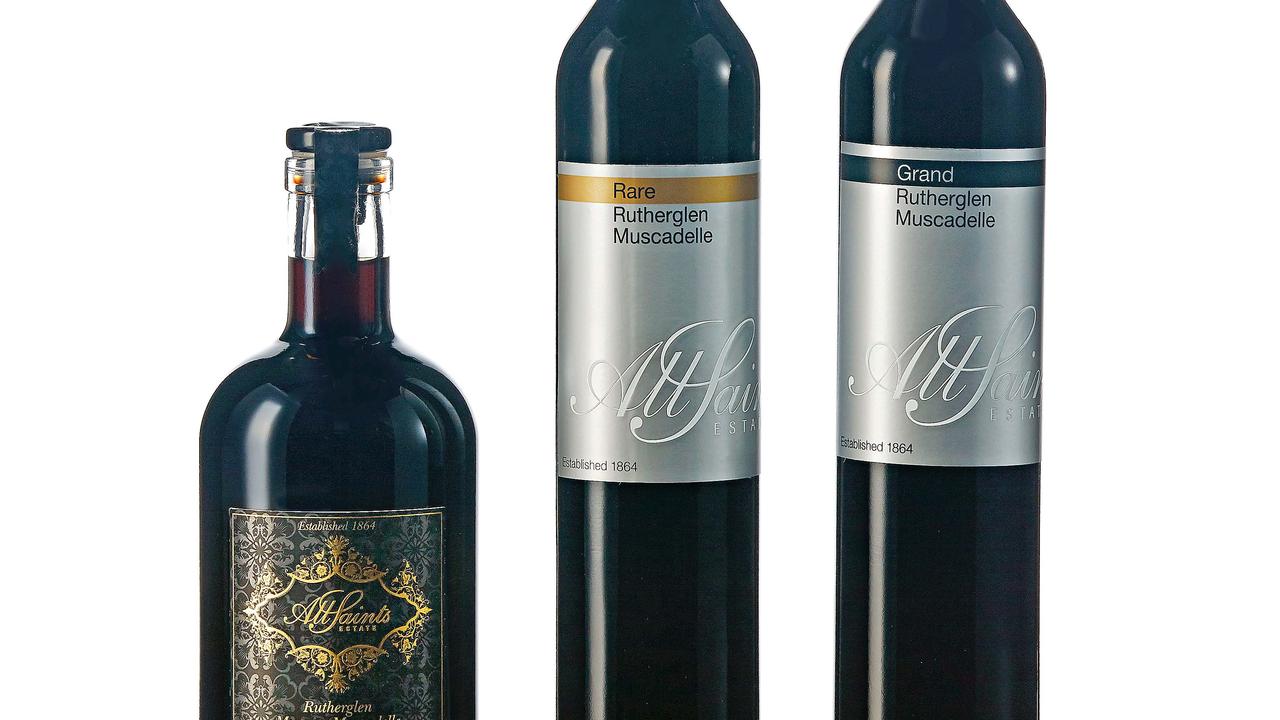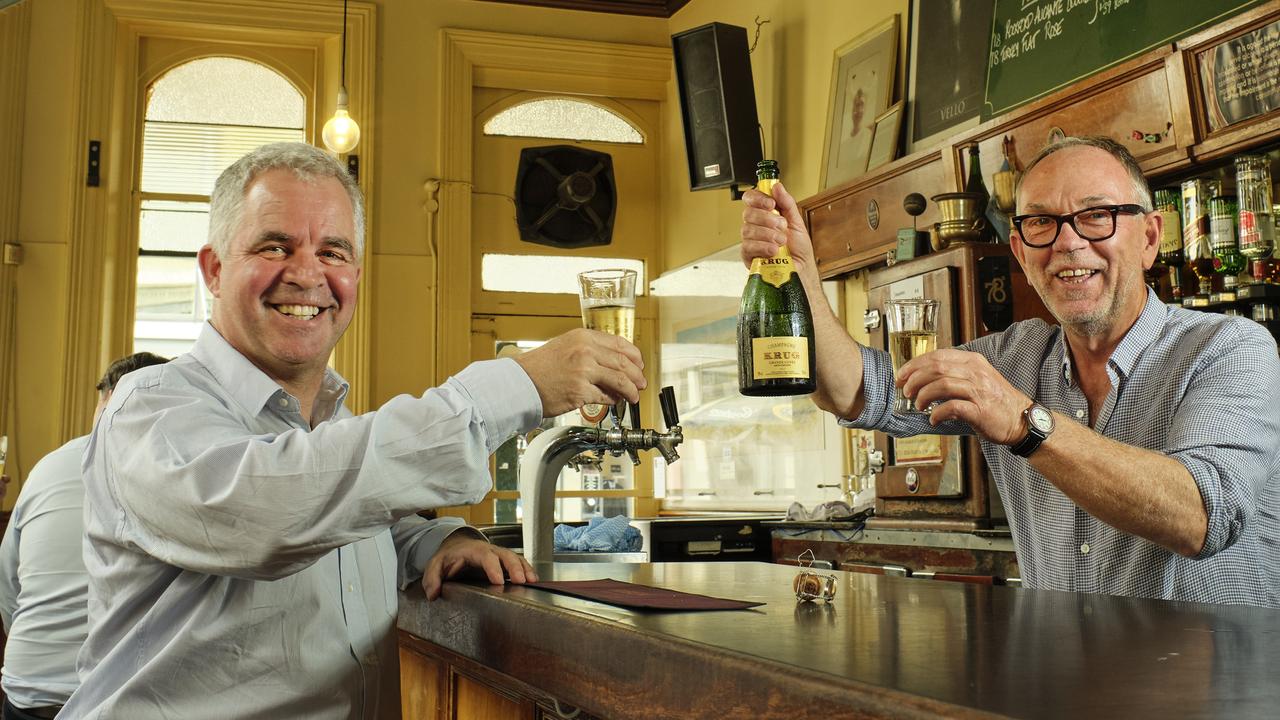Battle of Bosworth: preservative-free Puritans
My postie delivers a case of preservative-free wines, one of which was bottled six years ago. It tastes...

Preservative-free wines don’t age — and you need to drink them quickly once you’ve opened them, right? Well, not necessarily.
If they have been made well, using pristine grapes, and if they have been stored carefully, good preservative-free wines not only have the capacity to mature for years in the bottle but they also can drink surprisingly well for a while after opening. Which is good news for the increasing number of people interested in drinking wines that have had as little as possible added to them during production.
The Puritan shiraz from Joch Bosworth and his Battle of Bosworth Wines in McLaren Vale has proved itself to be one of the best and most reliable — and, at about $20 a bottle, best value — preservative-free reds in the country since the first vintage burst on to the scene just a few months after harvest in 2010. So I was excited when the postie delivered a box of seven Puritans the other day, one bottle from every vintage made. It was a great opportunity to put those preservative-free preconceptions to the test.
When I first opened them, I was struck by several things. For a start, the 2010 — a six-year-old wine bottled with no added preservatives, remember — tasted lovely: full of dark brambly fruit and earthy richness; very McLaren Vale. By contrast, the 2016 (just released) tasted raw and essential, whereas the 2015 and 2014 were particularly delicious — both full of vibrant spice and purple berries — making me think that this preservative-free wine might need a couple of years after release to show its best. Even the 2011 — from the most difficult, wettest vintage in decades — tasted good, with prickly undergrowthy flavours.
I tasted the wines again two days later, and while the oldest wines — the 2010 and 2011 — had begun to fade, the younger wines — the 2013, 2014 and 2105 in particular — were all still deliciously alive and vibrant. In fact, the 2015 (which you can still find in some bottle shops) was better than it was when it was first opened.
More: battleofbosworth.com.au.
Burton McMahon
When young winemaking mates Matt Burton and Dylan McMahon were looking for a name for their collaborative venture a few years ago, they decided to go with the keep-it-simple-stupid approach, and the Burton McMahon label was born. Burton is based in the Hunter Valley and makes terrific wine at his family’s Gundog Estate (he also used to work at a winery my in-laws used to own); McMahon is winemaker at Seville Estate, the Yarra Valley vineyard his grandfather, Pete McMahon, planted in the early 1970s. For their joint venture, the collaborators source grapes from various vineyards in southern Victoria, mostly in the Yarra, and bottle them as very good single-site wines that, considering the prices charged by many of their peers, offer pretty good value.
In 2015 Burton McMahon made two fine Yarra chardonnays (each $30 a bottle), very much in the modern, perfumed, minerally style: the George’s, from a grey-soil vineyard in Seville, has gorgeous tangy flavours of white nectarine; the D’Aloisio, from a nearby vineyard on red soil, is tighter, leaner, with a subtle scent of white blossoms. Both are lovely, and it’s fun to taste them together to compare and contrast.
Like the chardonnays, the two 2015 Burton McMahon pinot noirs ($36) are made the same way but come from vineyards a couple of hundred kilometres apart so, not surprisingly, they’re quite different: the Gippsland pinot, from a vineyard near Bairnsdale in the east of the state, is much paler in colour, lighter-bodied, more fragrant, a little more earthy, with gorgeous red cherry fruit; the Syme on Yarra pinot, from a vineyard near Seville, has a more purple hue, riper-tasting dark cherry fruit, is more mouth-filling and silky. Again, both are delicious. Just different.
More: gundogestate.com.au/burtonmcmahon.


